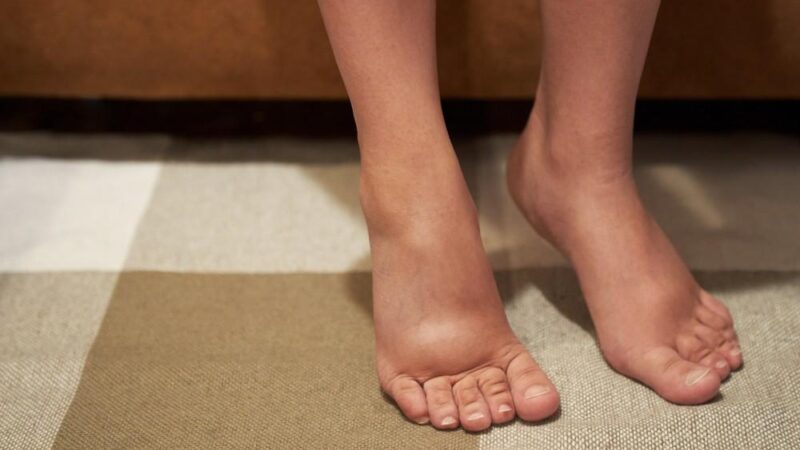How to Ease Sciatica Through Adjustments in Your Lifestyle?

Dealing with the persistent discomfort of sciatica can be a challenging experience, impacting one’s daily activities and overall quality of life. However, finding relief from Dayton sciatica is not solely limited to medical interventions; adjustments in lifestyle can play a crucial role in alleviating its symptoms.
Sciatica, characterized by radiating pain along the sciatic nerve that extends from the lower back down to the legs, often calls for a holistic approach that incorporates changes in habits, routines, and activities. By adopting a well-rounded lifestyle strategy, individuals can effectively manage sciatica and gradually experience relief from its discomfort.
Hence, in this discussion, we will delve into various lifestyle adjustments that can contribute to easing sciatica and improving overall well-being.
Enhance Your Sleep Routine: Quality sleep plays a crucial role in your overall well-being, as it facilitates cellular-level recovery, aids internal healing, and reduces inflammation. Sound sleep also boosts energy levels, helping you stay physically active to prevent sciatica problems.
Healthy sleep habits encompass getting seven to nine hours of sleep each night, disconnecting from electronic devices at least an hour before bedtime, and maintaining a consistent sleep schedule throughout the week.
Prioritize Regular Massages: Massage therapy is more than a luxury—it can be an integral part of your wellness routine. Regular massages promote better blood circulation, which supports the body’s natural healing mechanisms. Additionally, massage therapy induces relaxation deep within the body, relieving muscle tension that can contribute to sciatica symptoms.
Stay Active and Keep Moving: Remaining sedentary is a primary contributor to sciatica pain. Prolonged periods of sitting exert pressure on the lower back, where the sciatic nerve is situated.
This significant nerve transmits sensations to the lower limbs, and when subjected to excessive pressure causing irritation or inflammation, it results in pain. This discomfort can also extend to the hips, legs, and feet. Frequent movement can alleviate pressure on the sciatic nerve.
Exercise with Caution: For those who lead active lives, there’s also a risk of developing sciatica. Pushing yourself excessively without adequate rest can lead to inflammation and injuries in the spine, soft tissues, and nerves.
It’s important to be attentive to your body’s signals and take breaks when necessary. Applying ice or heat therapy can also help soothe strained back muscles.
Nourish Your Spine through Diet: Consuming a well-balanced diet benefits the soft tissues, nerves, and bones within your spine. A nutritious eating plan also helps stave off obesity, a factor that can elevate the risk of sciatica pain. In general, including leafy greens for magnesium, fresh fruits to combat inflammation, and calcium-rich foods like milk for bone health is recommended.







